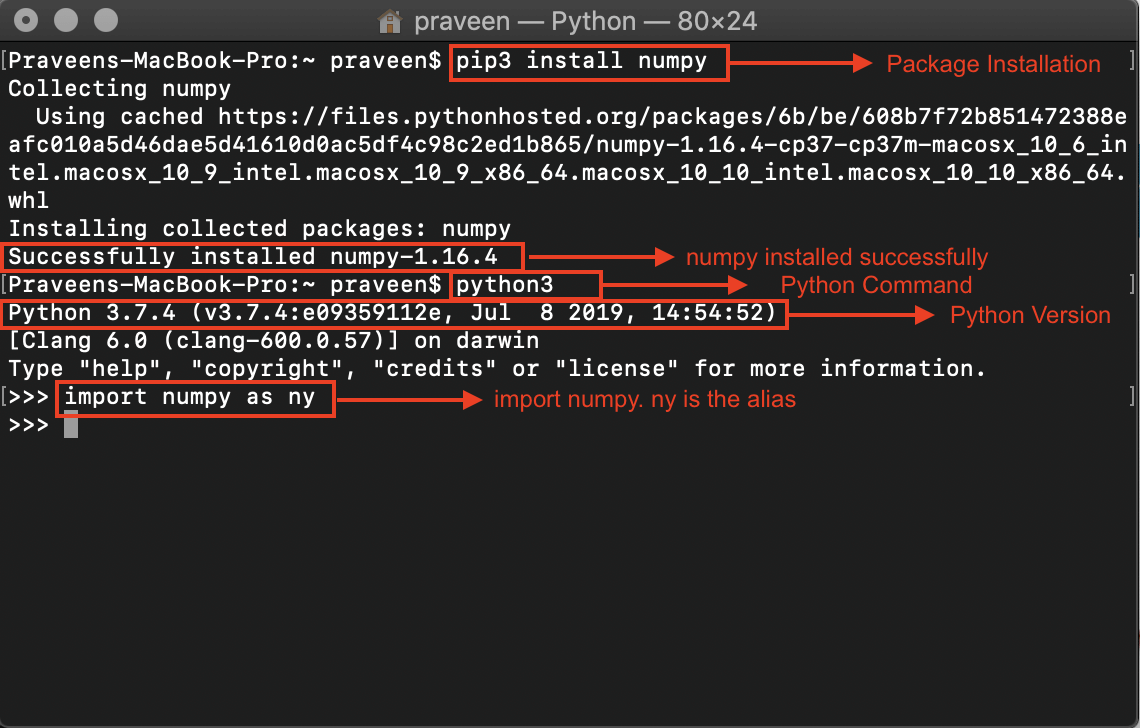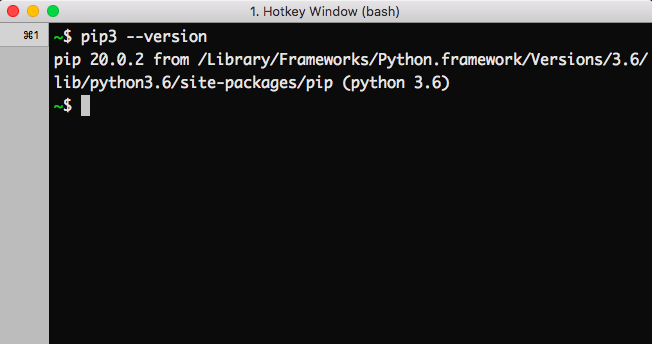

- #Mac install package for specific version of python how to#
- #Mac install package for specific version of python mac os x#
- #Mac install package for specific version of python mac osx#
- #Mac install package for specific version of python update#
- #Mac install package for specific version of python upgrade#
#Mac install package for specific version of python update#
Debian are on the Jessie release at the moment, Wheezy is the one before so I would suggest you update to Jessie.

0 Beta (21A5506j) Docker desktop version Version 4. com> Date: Fri Done Building dependency tree Reading state information Done E: Unable to locate package nmap apt-cache search nmap has no result: and /etc/apt/sources. However, I end up getting this error: Reading package lists Done Building dependency tree Reading state information Done E: Unable to locate package openjdk-7-jdk.
#Mac install package for specific version of python how to#
#Mac install package for specific version of python mac os x#
In my case I'd be downloading Mac OS X 64-bit/32-bit installer. Just make sure you download the installer that matches your CPU architecture type (32 or 64-bit).

I'd recommend using the installer since it'll handle everything for you. Once you've clicked on the version you want, you should see a list of downloads for different operating systems and package types (like source code tarballs, installers, etc). The latest version 2 and 3 links are at the top.

To install, just click the link above, then click on the version you want.
#Mac install package for specific version of python upgrade#
If you want to upgrade to the latest 2.7.x version or upgrade to Python 3, you can get a binary directly from the Python website. This will show you a list of Python-related packages that can be installed. To see all the versions available, search Homebrew with this: $ brew search python If you'd rather have Python 3, just replace python with python3. To install Python 2.7.x, just type: $ brew install python You can install a few different versions of Python, including 2.7.x and 3.5.x. Now that you know what Homebrew is and have it installed, we can get on to installing Python. To install Homebrew, just follow the instructions on their website (which I linked to at the beginning of this section). For example, here are just a few things I've installed with it: android-sdk, go, mongodb, sqlite, git, imagemagick, lua, python3. It makes it much easier to install all the various tools you might need. Homebrew lets you install, update, and uninstall packages from the command line, just like apt-get does for Ubuntu. According to their website, Homebrew is "the missing package manager for OS X". Install Python with Homebrewįirst of all, if you don't know what Homebrew is and you use Mac OSX, you should.
#Mac install package for specific version of python mac osx#
Now, keep in mind that Mac OSX (10.8) already comes with Python 2.7 pre-installed, so these instructions will only really be helpful if you need to upgrade versions or need a better way to manage installations (like with Homebrew). Instructions for installing Python 2 and 3 are different in most cases (but not by much), so make sure you're paying attention to which version you need installed. These are the most commons you'll encounter, and each method has its own purpose, all of which I'll detail in the sections below. I figured it would be helpful to detail a few of the easiest ways to install Python, including the following: As with just about any open source software package, there are quite a few ways to install Python on Mac OSX.


 0 kommentar(er)
0 kommentar(er)
